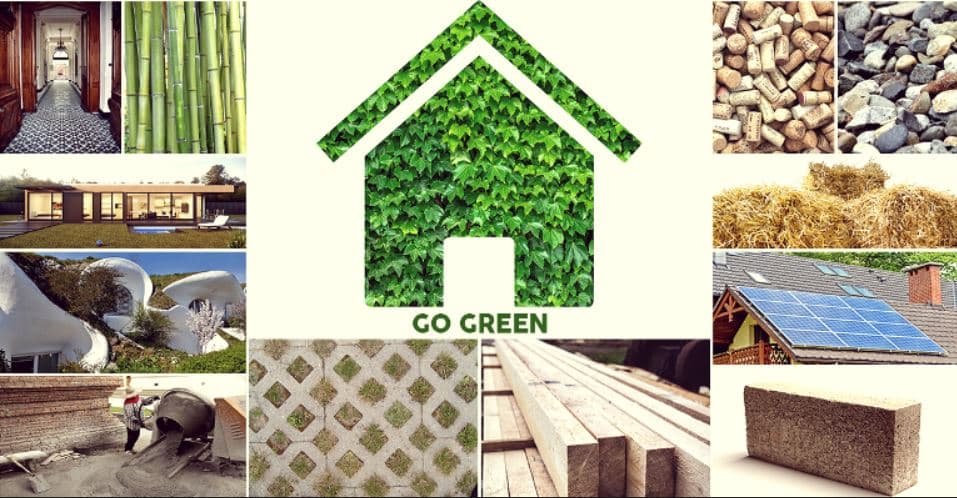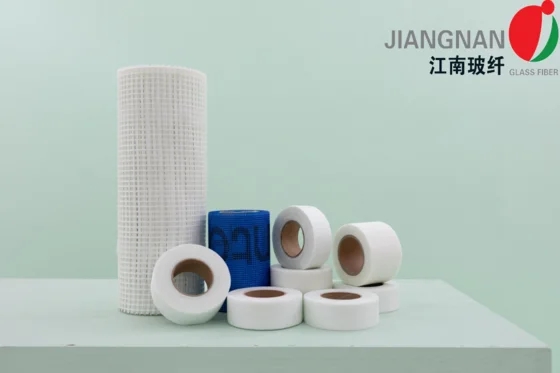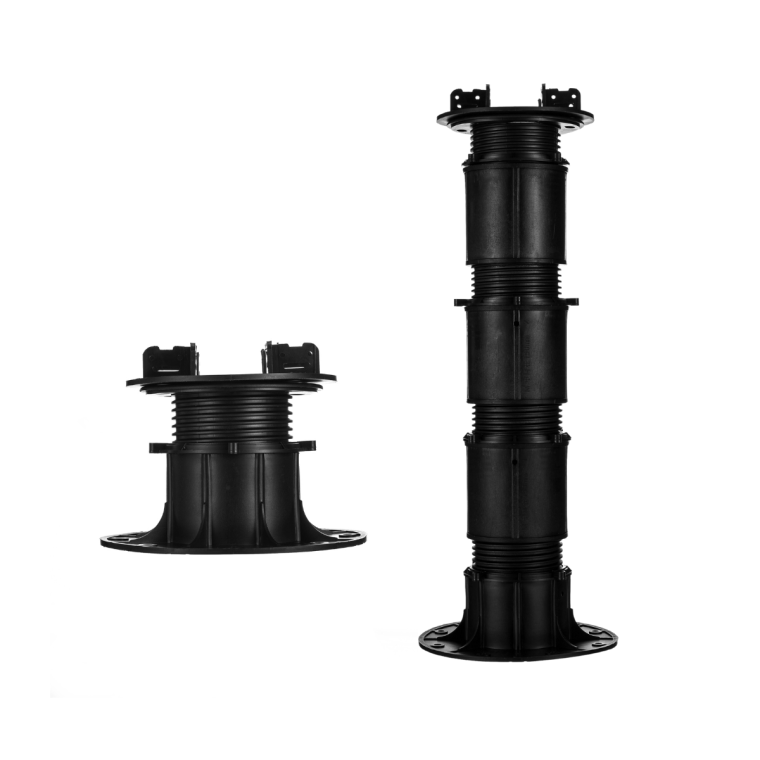Beyond Concrete: Exploring Superior Building Materials for a Sustainable Future
2 min read
In the realm of construction, concrete has long been the material of choice due to its strength, durability, and cost-effectiveness. However, as we move towards a more sustainable future, the question arises: Is there a better material than concrete? This article will explore this question, delving into the potential alternatives that could redefine the construction industry.
Concrete, a mixture of cement, water, and aggregates, has been the backbone of infrastructure development for centuries. Its versatility and strength have made it an indispensable material in construction. However, the production of concrete is responsible for approximately 8% of global carbon dioxide emissions, according to a report by Chatham House. This alarming figure has prompted researchers and industry professionals to seek more sustainable, yet equally effective alternatives.
One such alternative is Hempcrete, a bio-composite material made from the inner woody core of the hemp plant mixed with a lime-based binder. Hempcrete is carbon-negative, meaning it absorbs more carbon dioxide than it emits during its production. It also offers excellent thermal insulation, reducing the need for energy-intensive heating and cooling systems. However, its relatively low compressive strength compared to concrete makes it unsuitable for load-bearing structures.
Another promising alternative is Cross-Laminated Timber (CLT). CLT is a multi-layered wooden panel made by gluing layers of solid-sawn lumber together. This material is not only renewable but also has a lower carbon footprint than concrete. Moreover, CLT has comparable strength to concrete, making it suitable for high-rise construction. However, the cost and availability of high-quality timber may limit its widespread adoption.
Engineered bamboo is another sustainable alternative to concrete. Bamboo, known for its rapid growth and high strength-to-weight ratio, can be processed into a variety of construction materials. Engineered bamboo products, such as laminated bamboo, have shown comparable performance to concrete in terms of strength and durability. However, the limited geographical distribution of bamboo and the need for advanced processing techniques may pose challenges to its widespread use.
Lastly, the use of recycled materials in construction, such as recycled concrete aggregate (RCA), can also contribute to a more sustainable construction industry. RCA is produced by crushing demolished concrete structures, and can be used as a substitute for natural aggregates in new concrete production. This not only reduces the demand for natural resources but also helps manage construction and demolition waste.
In conclusion, while concrete remains a vital material in construction, the quest for more sustainable alternatives is gaining momentum. Materials like Hempcrete, CLT, engineered bamboo, and RCA offer promising potential in reducing the environmental impact of construction. However, their adoption will depend on overcoming challenges related to cost, availability, and technical performance. As we continue to innovate and explore, the question is not whether there is a better material than concrete, but rather, how we can best utilize these materials to build a more sustainable future.



